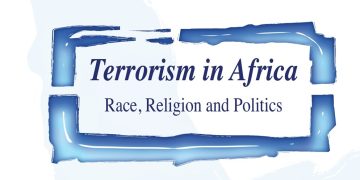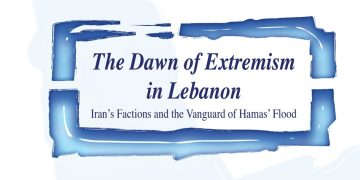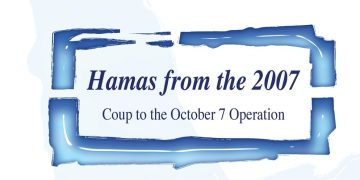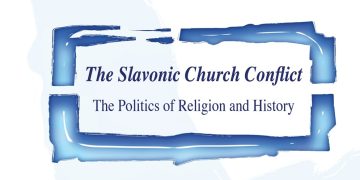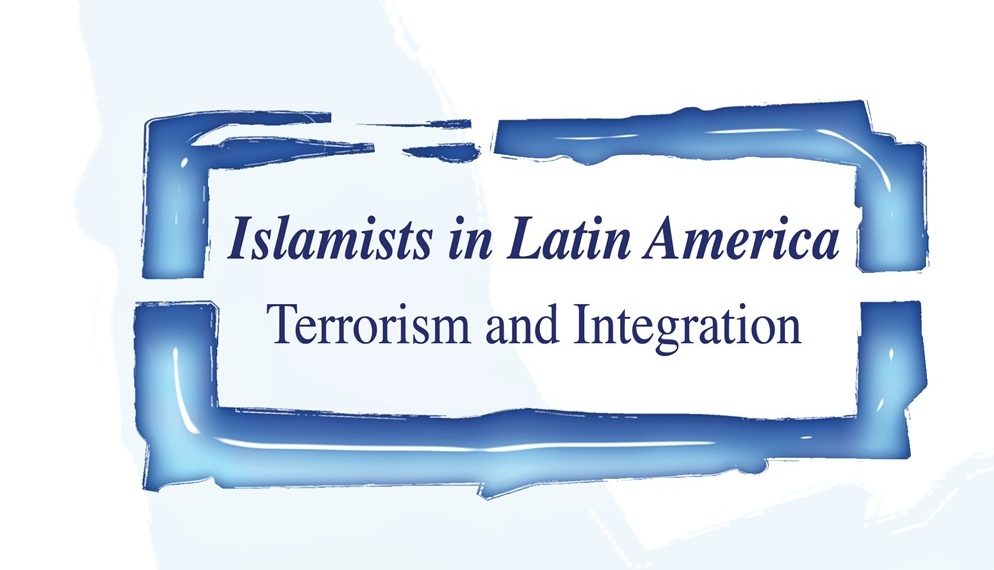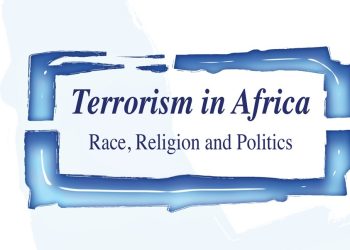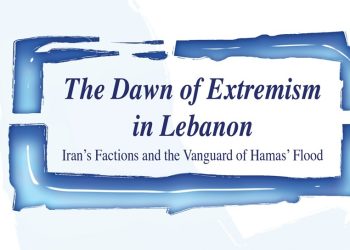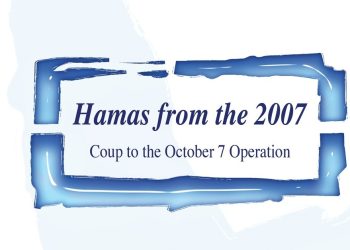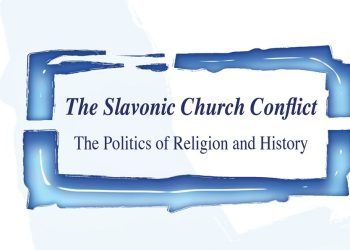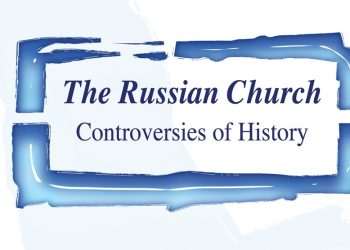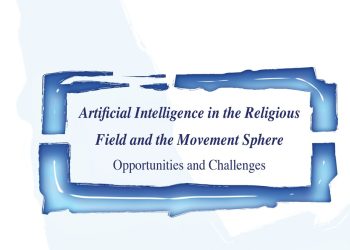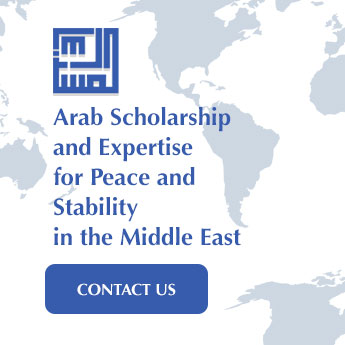November 2023
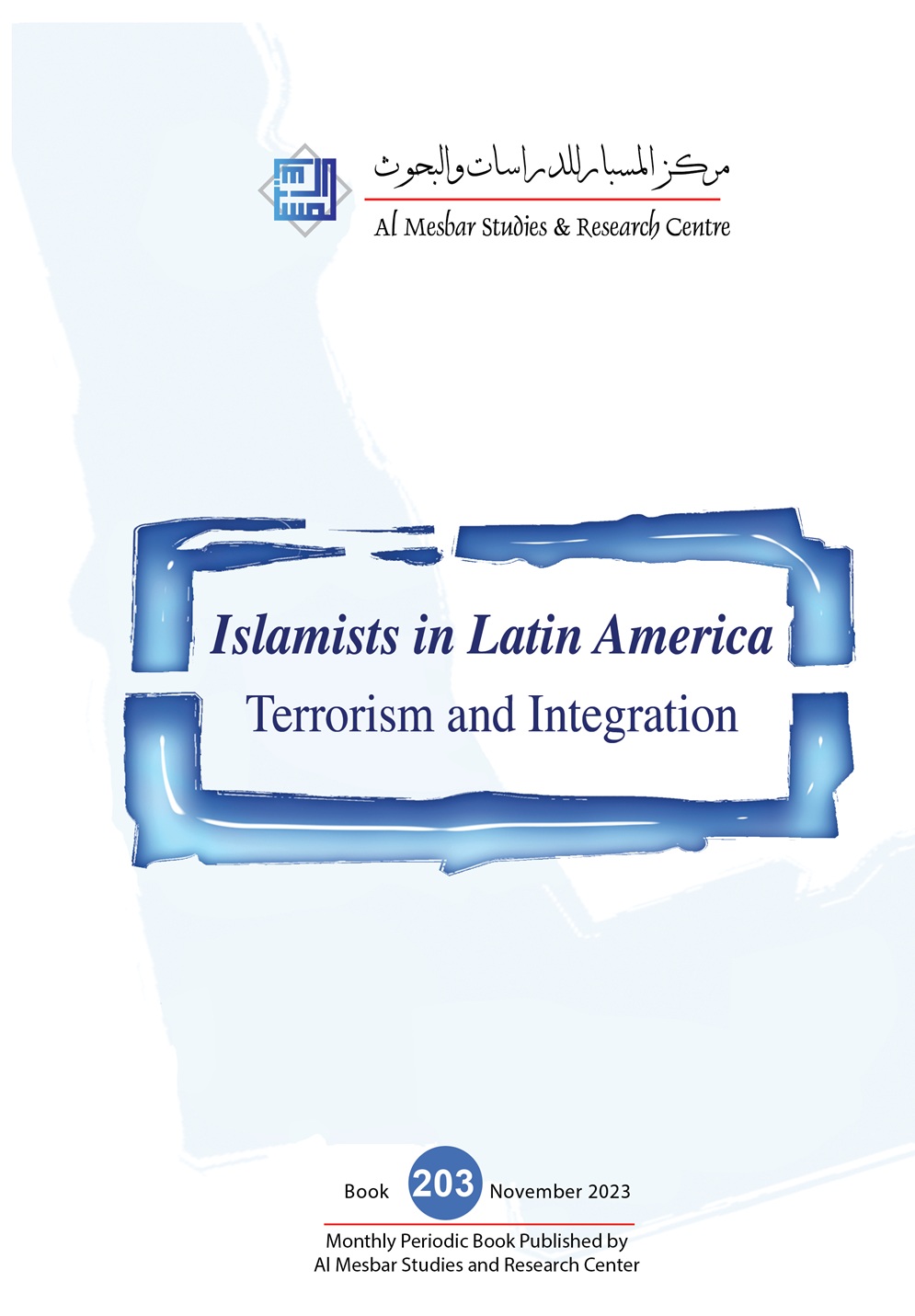 In its 203rd book, “Islamists in Latin America: Terrorism and Integration,” published in November 2023, the Al-Mesbar Center for Studies and Research explores the history of Islamist movements across several Latin American countries and examines their religious, social, and economic influence. It also addresses the challenges faced by Muslim communities and these countries due to the activities of the Muslim Brotherhood, Hezbollah, and terrorist groups linked to ISIS and Al-Qaeda.
In its 203rd book, “Islamists in Latin America: Terrorism and Integration,” published in November 2023, the Al-Mesbar Center for Studies and Research explores the history of Islamist movements across several Latin American countries and examines their religious, social, and economic influence. It also addresses the challenges faced by Muslim communities and these countries due to the activities of the Muslim Brotherhood, Hezbollah, and terrorist groups linked to ISIS and Al-Qaeda.
The book opens with two field studies. The first, by Swiss researcher Baptiste Brodard, highlights the various forms of Islam in Latin America, focusing on Colombia, Mexico, Brazil, and Chile. Brodard explains the difficulty in categorizing these sects and movements due to ongoing ideological shifts. These groups avoid unwanted stigma by operating under charitable organizations while maintaining independence and often conflicting with one another. He reviews Sunni networks, both traditional and radical, emphasizing differences such as those affiliated with Turkey: the Al-Nour Movement (Nurgu), Al-Sulaymaniyah Sufism (founded by Suleiman Hilmi Tonkhan), the Hizmet (service) movement linked to Fethullah Gulen, and the Naqshbandi order led by the Germany-based Eşref Efendi.
The researcher examines each movement’s stance on teaching Islam within the Latin American context, highlighting their insistence on a transnational approach. He also discusses the Shi’ite presence, stemming from the Lebanese diaspora and Colombian Shi’ites of African origin in Buenaventura. This group transitioned historically from the Nation of Islam to Sunni Islam, then to Twelver Shiism, with Brodard tracing the economic and political factors driving each iteration.
The study concludes that the ideological spectrum—from local converts’ narratives to immigrant Muslims’ experiences—reflects a rich blend of external religious influences and local interpretations of Islamic norms.
The second field study, by Troy E. Spier, assistant professor at Florida A&M University, examines Islamophobia in Ecuador, especially on social media. Spier notes that Muslims face greater vulnerability and exposure to terrorist incitement and radicalization online and in mosques as compared to other religious groups.
This study addresses three research questions: How does the Ecuadorian press represent Muslims in articles published by El Comercio? What common stereotypes appear in these articles? How can sentiment analysis deepen the understanding of these portrayals?
Algerian researcher Amna Mustafa Dallah provides an extensive review of the major security challenges in Latin America and the Caribbean. She identifies the region as an attractive hotspot for extremists since the 1990s, due to a permissive security environment as well as the prevalence of money laundering and drug trafficking. Her study contextualizes terrorism’s foothold on the continent and focuses on efforts to combat organized crime and drug trafficking.
Egyptian researcher Maher Farghaly explores the Muslim Brotherhood’s institutions and extremist cells in Brazil, Paraguay, Mexico, Argentina, Ecuador, Peru, and Venezuela. He documents the close ties between Islamists in these countries and their counterparts in the Middle East. Under the guise of “preaching,” these groups and key figures establish institutions to generate profit, including halal food trade companies, offshore financial firms, as well as drug and timber trafficking networks.
Farghaly explains that these religious and commercial institutions serve as covers to welcome diaspora members. Following the fall of the Brotherhood regime in Egypt in 2013, these groups also facilitate shelter for returnees from conflict zones.
He highlights the Tri-Border Area (Paraguay, Argentina, Brazil) as a loosely controlled region where Hezbollah has operated for decades, making it a hub for illegal activities that fund its operations and terrorist attacks, including the 1992 attack on the Israeli embassy. Al-Qaeda exploits Hezbollah’s presence to build its strength, coordinating commercial activities between the two groups.
Islamist organizations and movements—including Surourism, the Muslim Brotherhood, and ISIS—compete by infiltrating halal businesses, hiding behind social work, teaching Arabic, sending new converts to the Middle East, and receiving those fleeing from the region.
Egyptian researcher Ahmed Shalata analyzes halal economies in Latin America, identifying key factors driving their growth and the strong influence of political Islamist groups. His study focuses on the “black economy” built by the Muslim Brotherhood, which adapts its presence by establishing institutions that mediate between regional countries and Muslim communities.
Shalata details the Brotherhood’s strategies in the halal economy and its financial investments, which include membership fees that have surged in recent decades. The group invests in fast-moving consumer goods like food, Islamic finance, medical and cosmetic products, halal fashion, tourism, and halal certification, particularly in Brazil and Paraguay.
Moroccan researcher Abdelilah Satti examines Hezbollah’s activities in Venezuela, Cuba, Nicaragua, and the Tri-Border Area (TBA). He notes that Hezbollah has strengthened its presence through demographic, financial, and commercial factors, moving freely due to weak oversight and law enforcement in many countries.
The study identifies three main results of Hezbollah’s influence: spreading Iranian religious influence via control of mosques and cultural centers; providing financial resources through increased commercial presence, especially in the TBA; and threatening U.S. interests by facilitating ties between Hezbollah, Iran, and certain Latin American countries opposed to U.S. influence.
In Venezuela, Hezbollah leverages strong ties between Iran and the Chavez/Maduro regime to establish training bases and logistical networks, exploiting areas such as Margarita Island. Hezbollah has expanded its influence among indigenous populations in Peru, Colombia, and Brazil through mosques, cultural centers, and media promoting Khomeinist ideology.
Geopolitical considerations and Cold War dynamics shape this environment. Until 2016, the head of Peru’s Defense Committee demanded transparency regarding Hezbollah supporters’ involvement with communist groups during violence in La Pampa. Some countries, including Argentina, Paraguay, Colombia, and Honduras, classify Hezbollah as a terrorist organization due to its links to drug trafficking and money laundering, aiming to contain its growing influence threatening regional stability.
Algerian researcher Abdel-Kader Abdel-Aali examines Islamists’ positions on Middle Eastern issues and their impact on Muslim communities in Latin America. He focuses on topics such as Islamists evading justice, political and security unrest in Arab countries since 2011, and U.S. administrations’ approaches to Middle Eastern conflicts.
Abdel-Aali maps the spread of Islamist movements—Muslim Brotherhood, Hezbollah, and ISIS—in Latin America, showing how they exploit Middle Eastern political issues to incite Muslim communities and promote extremist religious narratives, contributing to rising Islamophobia.
Isaac Caro, professor of Politics at Alberto Hurtado University, presents the contemporary background of Chile’s neo-Nazi movement and the National Social Movement accused of Nazism.
In conclusion, the Al-Mesbar Center thanks the contributing researchers and those who helped publish this book, especially Ahmed Shalata, who coordinated the project. We hope this work fills a gap in the Arab academic library.


